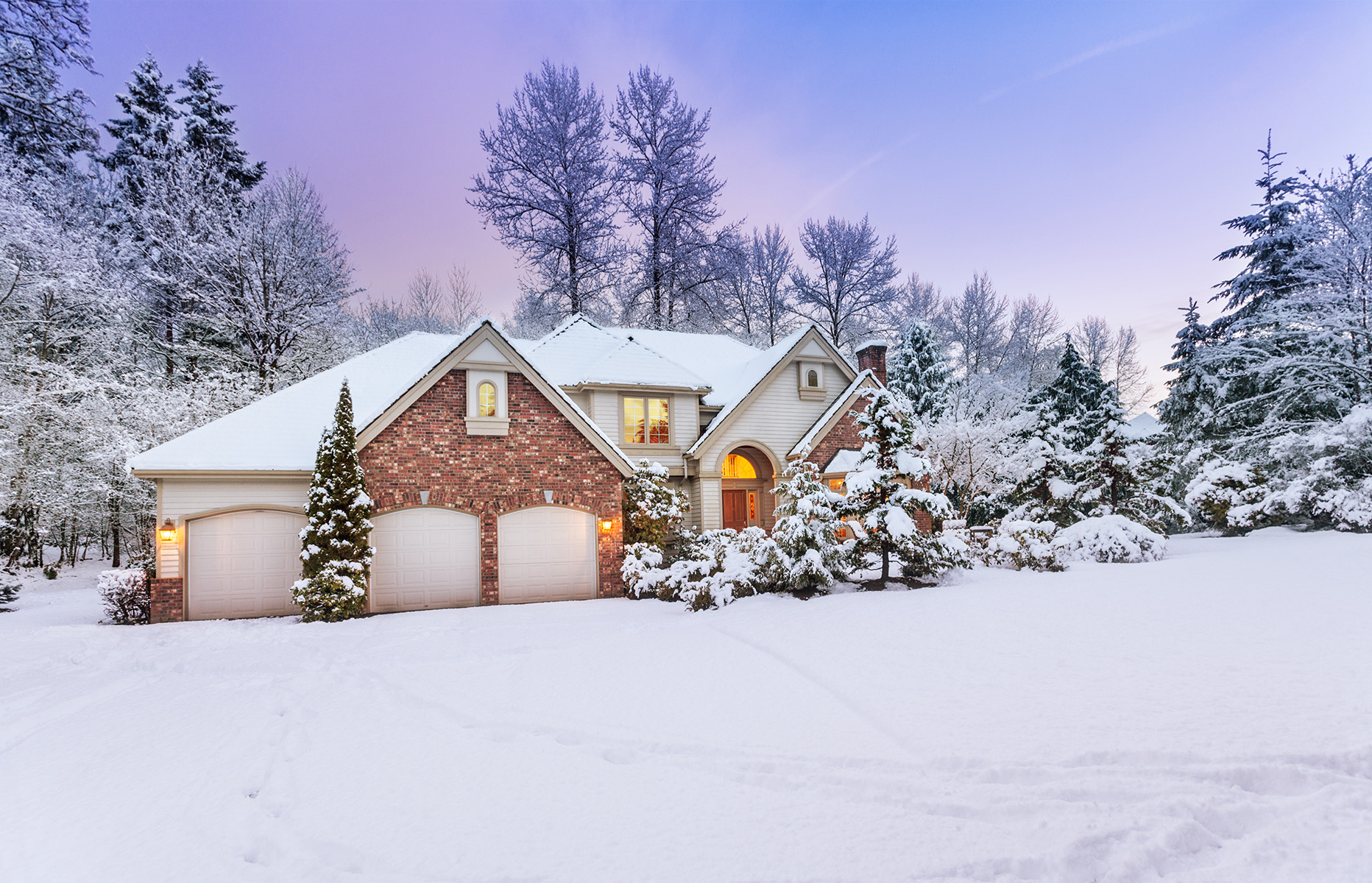Are you and your home prepared for the bitter cold winter days that are still ahead? Whether your property is vacant or you are living there, it is important to winterize your home to avoid damage, cut down on electricity costs and improve energy efficiency. Here are some valuable tips from a few Long & Foster Home Service Connections providers.
Stop cold air and moisture from entering your home. Consider installing weather stripping around your doors and windows, recommends Dean Heim, a home inspector with US Inspect. To further prevent cold air from entering around the window frame areas, be sure to check all your windows and replace old cracked caulking beads, adds Lisa Johnson, President and CFO of Johnny on the Spot Services. If you have a storm door, it is important to replace the screen insert with a glass insert – this will help keep the cold draft out. Adding adequate insulation in your attic will prevent cold air from entering through the ceiling.
You will also want to prevent moisture from coming into your home. To do so, you can install a moisture barrier under the house in the crawl space using 6 MIL plastic, suggests Johnson.
Cut down on electricity costs by improving energy efficiency. Insulating your water heater with a water heater blanket or wrap will eliminate heat loss, make it more efficient and in turn, help you save money on your gas/electric bills. You should also vacuum all the heat ducts in the home, clearing the air flow and assisting in heating your home properly. Heim suggests replacing and/or cleaning all the air filters in your home to increase air quality and decrease how hard the HVAC system has to work, providing a clear passageway for the air to flow. Don’t forget to run your ceiling fans in reverse, a clockwise direction, to circulate heat and improve efficiency.
Prevent freezing pipes. Add insulation around your exterior water pipes to keep them from freezing. If your pipes do freeze, it can cause one of the lines to burst, resulting in costly damages. Be sure you know where the main shut off valve is. “In colder areas, it is a good idea to keep an indoor faucet dripping – a slow drip makes it harder for the pipes to freeze,” said Mark Munsch, marketing manager of US Inspect.
If your home is vacant, you will want to empty the water heater, drain all the pipes and fill the various fixtures with an anti-freeze solution, explains Heim.
Prepare your fireplace and chimney for use. Make sure your home’s chimney vents and flues are clean and safe to use. If your fireplace has 1/8 of an inch buildup, this is a good indication it needs to be cleaned. Buildup can become flammable, causing house fires. “Modern fireplaces are more for entertaining,” suggests Jerome Milton, owner of CSR Chimney Service. “They are not designed to heat your home like a wood stove or an insert.” According to Milton, the National Fire Protection Agency recommends that you have a visual inspection each year on your furnace and fireplace, ensuring they are clean and safe.
Avoid exterior damage to your home. Inspect the outside area of your home and remove all low-hanging tree branches that may fall during an ice or snow storm, recommends Johnson. It is also important to clean your gutters of dirt and leaves. This will help remove water from your roof and avoid causing damage to the gutters.
Lean on skilled professionals in your area to help you winterize your home. If you are selling your home this winter season, reach out to a local real estate agent – they can assist in preparing your home to sell, while providing additional tips on how to prepare for winter, especially if your home is vacant.
